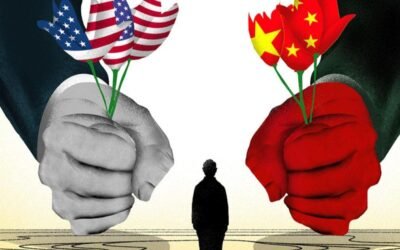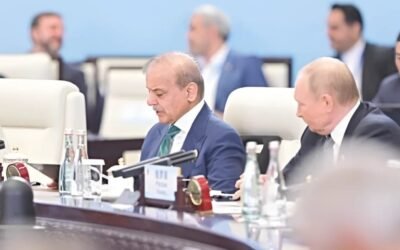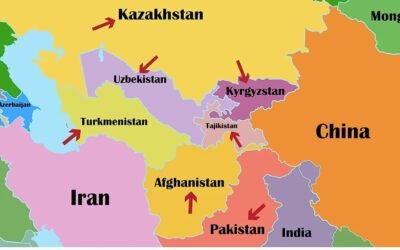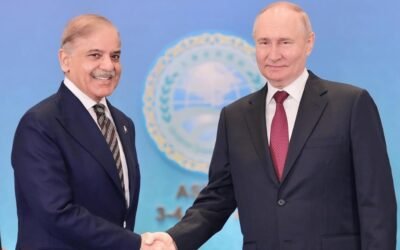Origins after World War II
The liberal world order is a set of international rules, institutions, and norms. It was built mainly by the United States and its allies after 1945. Its roots go back to the post-World War II effort to prevent another global conflict. World leaders created institutions like the United Nations and the Bretton Woods system. This included the IMF, World Bank, and later GATT/WTO. These bodies promoted cooperation on security, trade, and economic growth. The United States, then the dominant power, led the way. American leadership was key in founding these organizations. It also rallied other democracies to support a “liberal international order” focused on peace and prosperity. At its core, the order rested on a simple idea: democratic values, open markets, collective security, and international cooperation would prevent the destruction seen in the two World Wars.

Key Principles and Institutions
The liberal world order rests on core liberal values. These include open trade, democratic governance, human rights, and respect for international law. In practice, it means promoting free markets and liberal democracy. It also means creating rules that apply equally to all states.
To reflect these ideals, countries built institutions. The United Nations manages diplomacy and peacekeeping. NATO provides collective defense. The IMF and World Bank ensure financial stability. The World Trade Organization governs trade rules. Over time, more bodies joined the system, such as the EU, ICC, and WHO. New norms also emerged, including human rights treaties and environmental agreements. In essence, the liberal order is a U.S.-led framework. It relies on alliances, treaties, and organizations to govern world affairs. These rest on agreed, mostly Western-style, rules.
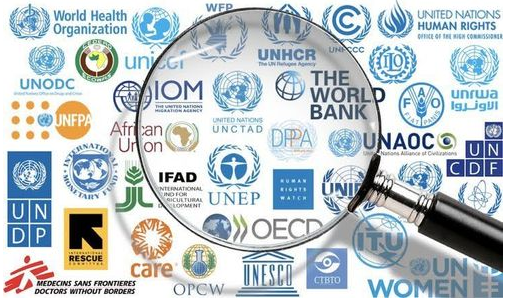
Source: Superkalam
Achievements and Challenges
For nearly fifty years, the liberal order delivered major results. Under U.S. leadership, it encouraged global economic growth. It also helped avoid direct great-power wars. It promoted cooperation on issues including security, trade, and health for the past 75 years, leading to unprecedented peace and prosperity among its members. The spread of free trade boosted development in many regions. Aid programs supported weaker economies. Democratic governance also expanded worldwide. Many observers credit liberal norms for this progress.
The liberal order has never been perfect, and critics often point out its flaws. Some argue it can be biased and self-serving, especially when the United States backed pro-Western regimes over democratically elected ones, which fueled resentment. Beyond the West, many see it as advancing Western interests rather than universal values.
In recent years, new challenges have deepened these criticisms. The order has struggled with global threats like climate change and pandemics, which demand collective action across borders. Liberal democracy itself has weakened in several states, raising doubts about its resilience. Meanwhile, rising powers such as China and Russia have created alternative institutions like China’s Asian Infrastructure Investment Bank, offering different models and questioning Western-led rules. As the world shifts toward multipolarity, many argue that the era of unipolar dominance is ending. Today, the liberal world order stands under strain, pressed both by global challenges and the return of great-power competition.

Source: Lowy Institute
Alt text: COVID-19 exposed failures in global governance and the liberal order, but a more inclusive system is possible to tackle shared challenges like climate change, pandemics, and poverty.
Liberal Order and Pakistan
For Pakistan, the liberal order has always been a mixed experience. The country has gained from membership in institutions such as the IMF, World Bank, and WTO. Development aid and trade access have also brought tangible benefits. Yet, many in Pakistan believe the system applies its rules unevenly. Western pressure on Pakistan’s nuclear program is a prime example, where Islamabad often points to double standards. India, for instance, has faced fewer sanctions despite similar concerns. This has fueled the perception that the liberal order enforces Western agendas rather than universal norms. As a result, Pakistan approaches the system with caution-engaging where it offers benefits, but resisting where it threatens its core national interests.
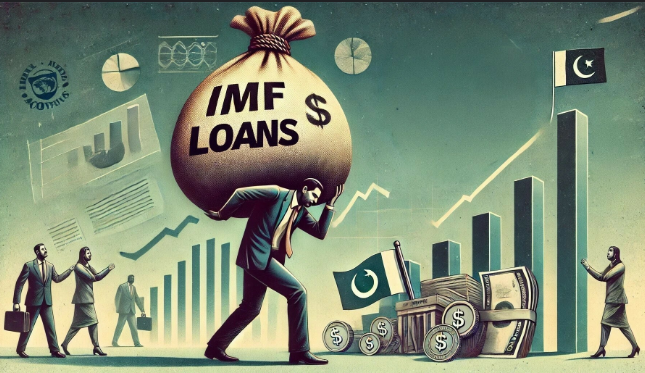
Source: Dawn
At the same time, many Pakistani analysts argue that the weakening of the unipolar order creates opportunities. As new powers rise, Pakistan can benefit by broadening its partnerships. One expert even calls Pakistan a “beneficiary of a changing world order” shaped by countries like China, Russia, and Turkey. In practice, Islamabad has worked to deepen ties with these states, especially China, rather than depending only on U.S.-led institutions. This diversification allows Pakistan to balance its foreign policy and reduce vulnerability to Western pressure.
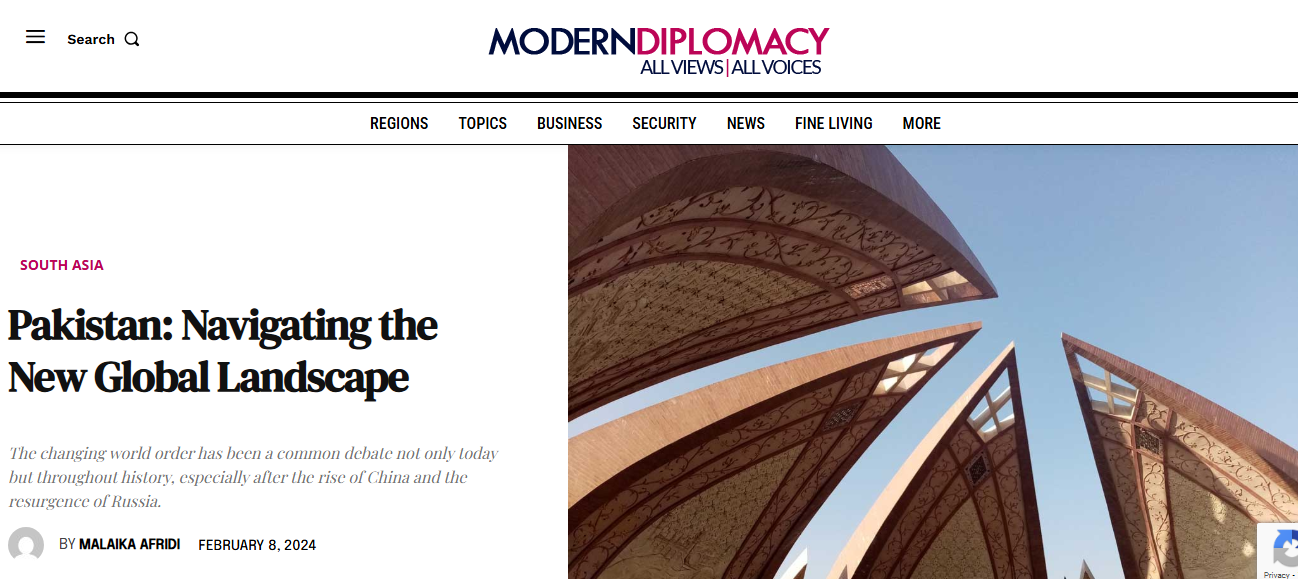
Source: Modern Diplomacy
Beginners Takeaway
The liberal world order is the global framework of rules and institutions created after 1945 by the U.S. and its allies. It rests on the belief that open trade, democracy, and cooperative security bring mutual benefit. The system produced decades of relative peace and strong economic growth. Yet it also faced criticism for being Western-led and slow to adjust to new realities. To understand it today means seeing both its strengths and weaknesses. Pakistan’s leaders argue that the world is changing and that the old rules may not hold. From a Pakistani perspective, the goal is clear. Pakistan must protect its interests, deepen partnerships with rising powers like China, and push for a new order that accounts for its needs. In essence, the liberal order is a U.S.-driven system of trade and security rules. Pakistan tries to gain from it where possible, while remaining cautious of its Western tilt.
You May Like To Read: Let us Understand Soft Power: US vs Chinese


